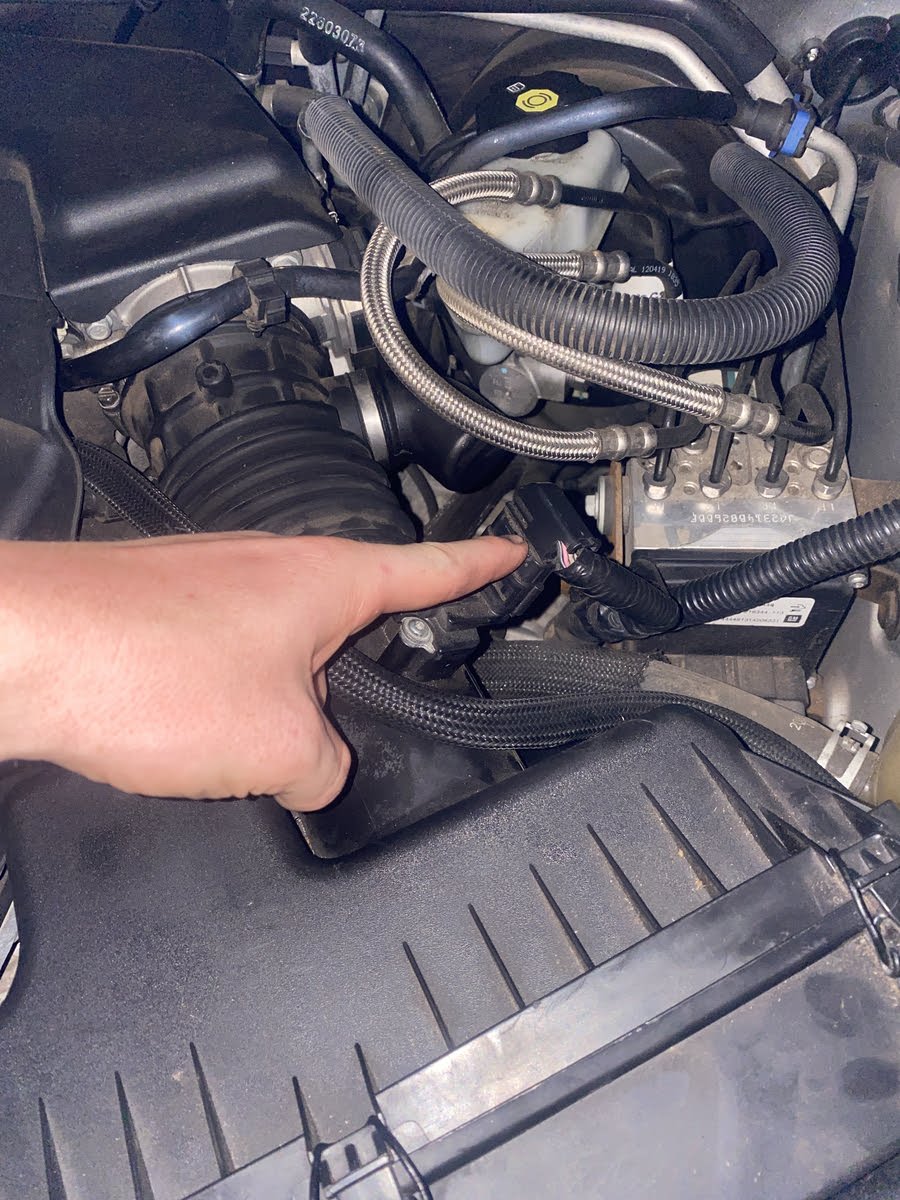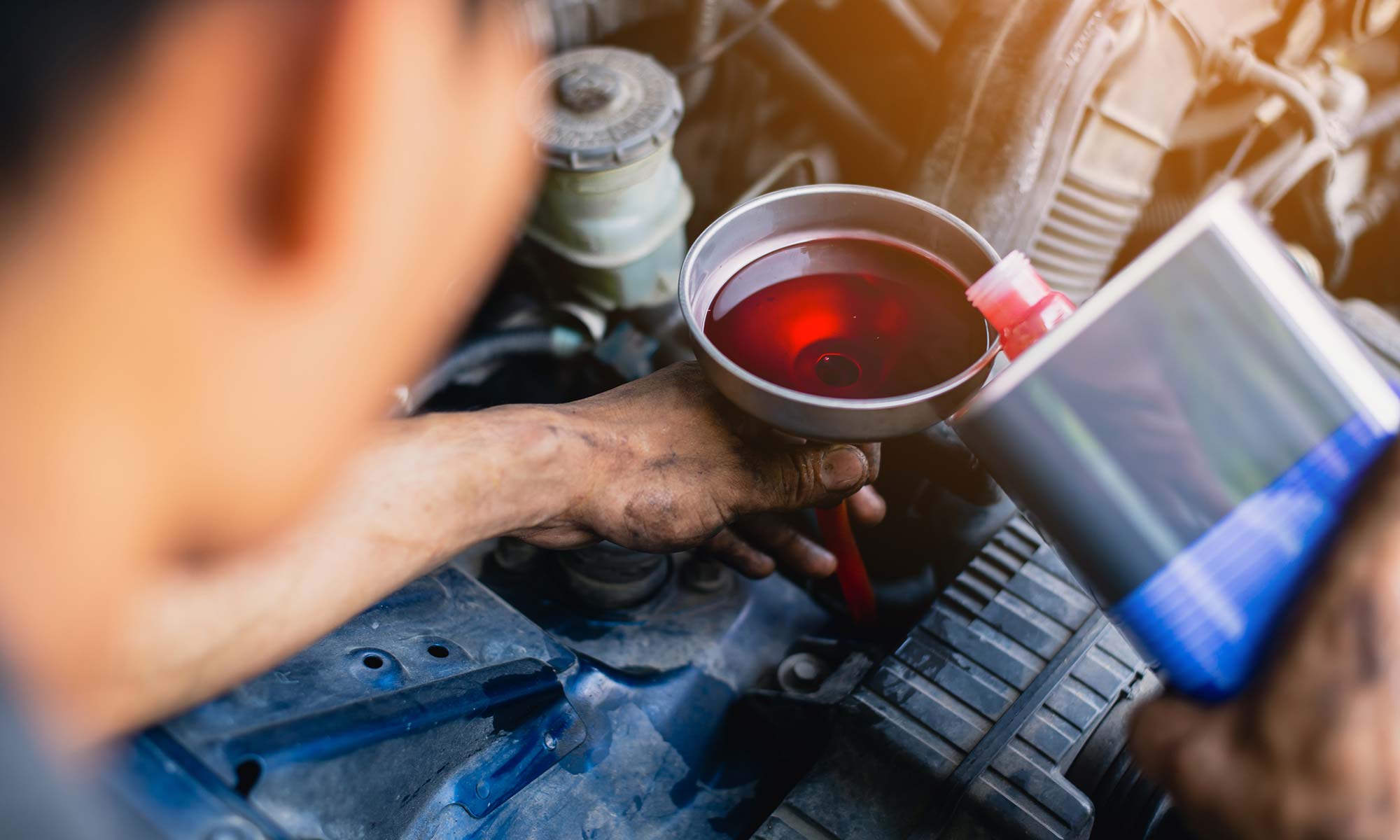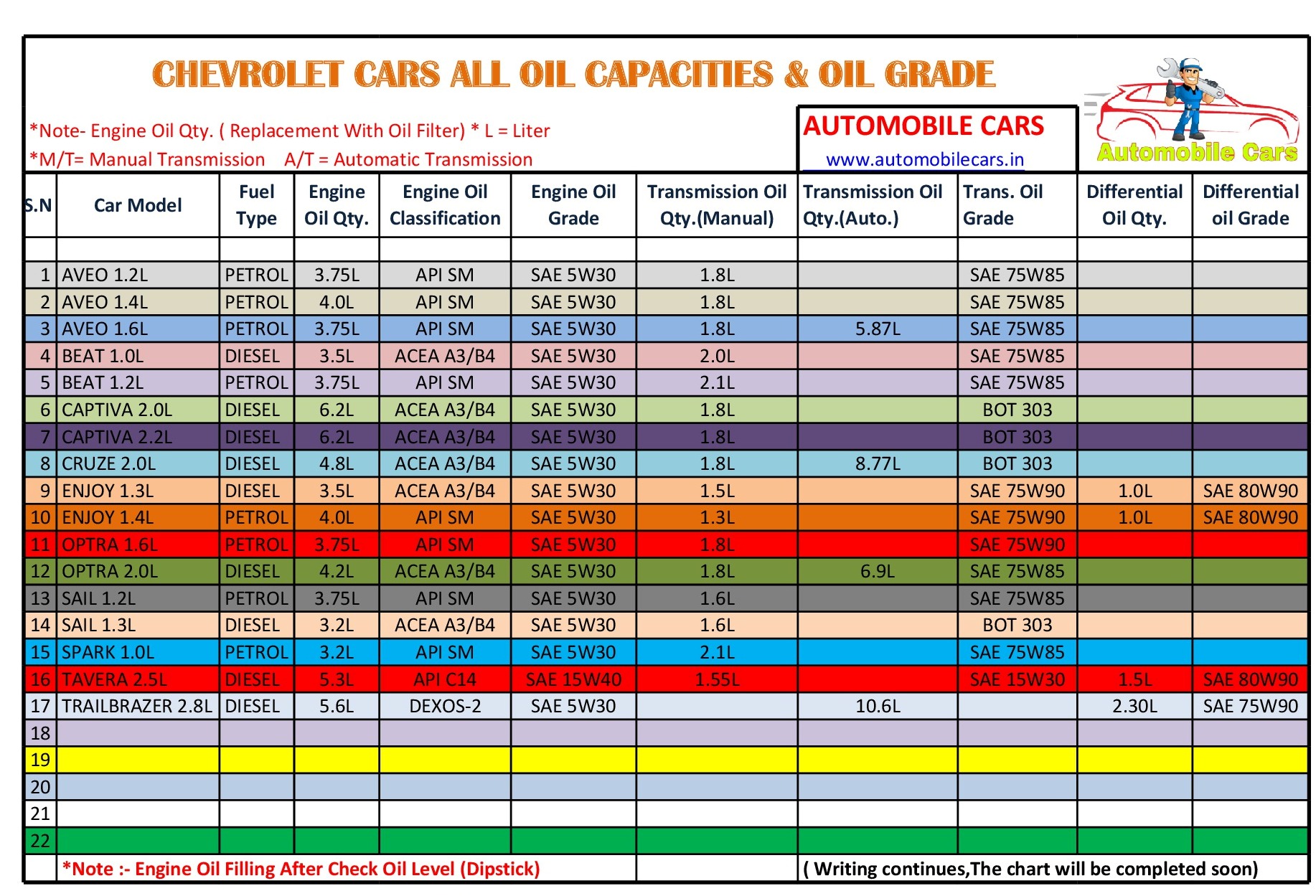2006 Chevy Impala Transmission Fluid Capacity
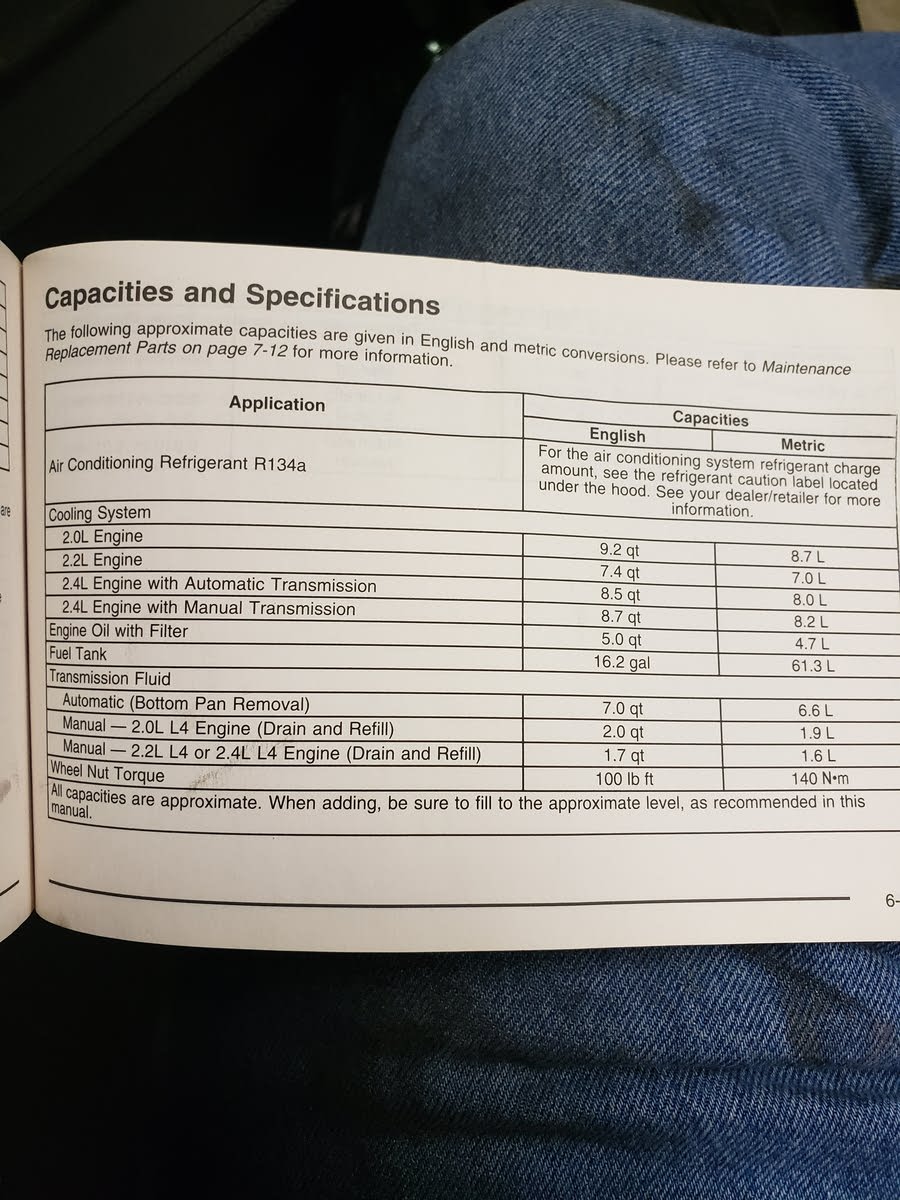
Imagine a crisp autumn morning, the sun glinting off the hood of your trusty 2006 Chevy Impala. You're gearing up for a road trip, the kind where the windows are down, the music's up, and the open road stretches before you. But a nagging thought creeps in: when was the last time you checked the transmission fluid?
For 2006 Chevy Impala owners, understanding the transmission fluid capacity is a crucial aspect of vehicle maintenance. Knowing this information can prevent costly repairs and ensure your Impala continues to purr like a contented cat for years to come.
Understanding Transmission Fluid in Your 2006 Impala
The 2006 Chevy Impala, a staple of American roads, came equipped with a 4T65-E automatic transmission. This transmission is known for its reliability, but like any mechanical system, it requires proper care and attention.
Transmission fluid plays a vital role in the operation of your Impala's transmission. It lubricates moving parts, cools the system, and transmits hydraulic pressure, enabling smooth gear changes.
Neglecting transmission fluid maintenance can lead to a host of problems. These include rough shifting, slipping gears, overheating, and eventually, complete transmission failure. Therefore, regular checks and fluid changes are paramount.
The Specified Fluid Capacity
So, what's the magic number for the 2006 Chevy Impala's transmission fluid capacity? According to specifications, a complete fill during a transmission rebuild typically requires around 7.4 quarts (approximately 7 liters).
However, a standard fluid change usually requires less fluid. This is because a significant amount remains within the torque converter and transmission cooler.
For a typical fluid drain and refill, you'll likely need between 4 to 5 quarts. Always consult your owner's manual for the most accurate specifications and recommendations, or consult a trusted mechanic.
Checking and Changing the Fluid
Checking your transmission fluid is a simple task that can save you headaches down the road. Locate the transmission fluid dipstick, usually near the engine's dipstick, but often marked differently (check your owner's manual for its exact location).
With the engine warm, remove the dipstick, wipe it clean, reinsert it fully, and then remove it again. The fluid level should be within the "hot" range indicated on the dipstick.
The fluid should be bright red and translucent. If it's dark, smells burnt, or contains debris, it's time for a fluid change.
While some mechanically inclined owners prefer to change their own transmission fluid, it's often best left to professionals. They have the equipment and expertise to ensure the job is done correctly, including properly disposing of the old fluid.
"Regular transmission maintenance is an investment in the longevity and performance of your vehicle," explains John Doe, a certified mechanic with 20 years of experience. "Ignoring it can lead to much more expensive repairs down the line."
Beyond Capacity: Important Considerations
Knowing the fluid capacity is just one piece of the puzzle. Using the correct type of transmission fluid is equally important.
The 2006 Chevy Impala typically requires a fluid meeting the DEXRON-III specification. However, later versions of DEXRON fluid are often backward-compatible, but always double-check before adding anything.
Using the wrong type of fluid can damage your transmission. Always refer to your owner's manual or consult a mechanic to ensure you're using the correct fluid type.
Furthermore, consider the driving conditions your Impala experiences. If you frequently tow heavy loads or drive in extreme temperatures, you may need to change your transmission fluid more frequently than the recommended interval. Heavy usage dictates more frequent checks.
Conclusion
Owning a 2006 Chevy Impala is about more than just getting from point A to point B. It's about the reliability and peace of mind that comes with a well-maintained vehicle.
By understanding your Impala's transmission fluid capacity and the importance of regular maintenance, you're ensuring that your trusty steed will continue to carry you on those memorable road trips for years to come. So, take a moment to check that fluid – your future self (and your wallet) will thank you.








